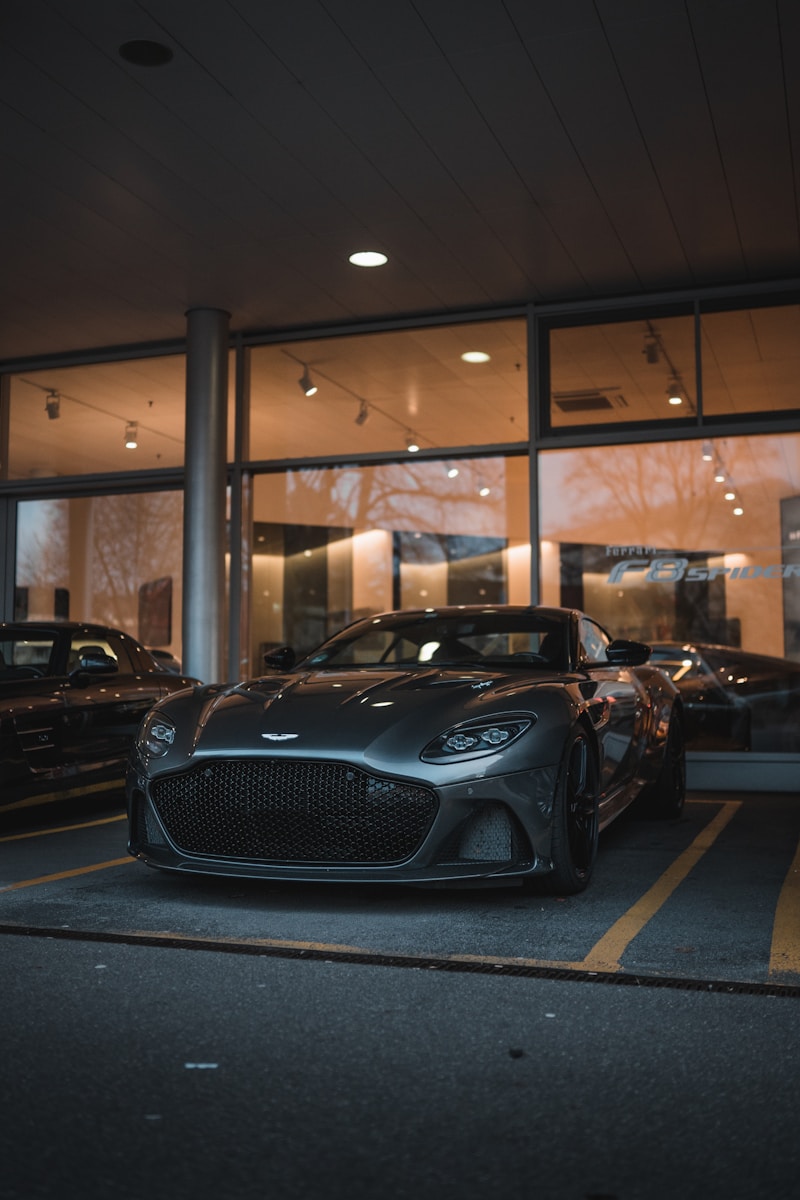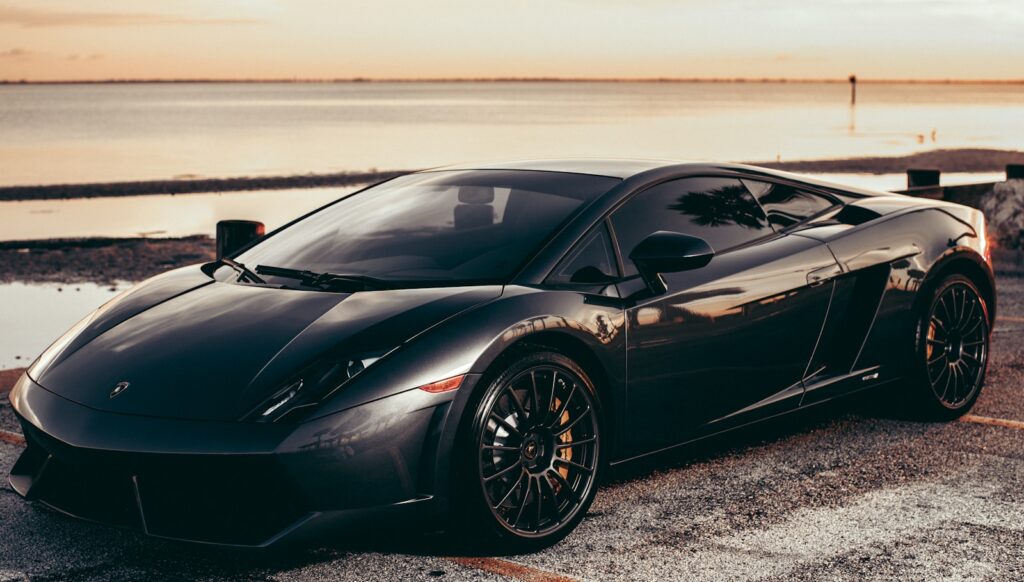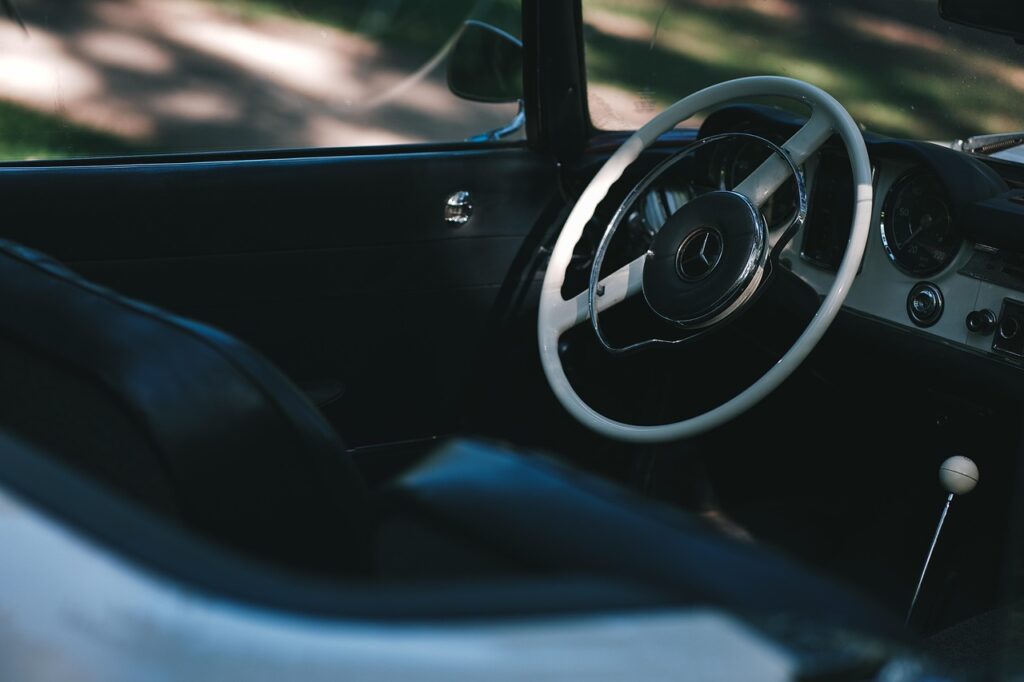The classic car market, defined by passion, heritage, and the pursuit of timeless design, is undergoing a period of notable recalibration. Following unprecedented highs and volatility between 2020 and 2023, the 2025 market reflects what experts describe as a “new normal.” Wild price swings are giving way to more measured changes, fostering sustainable conditions welcomed by enthusiasts, though newer investors may find fewer immediate speculative opportunities. This environment underscores the importance of a data-driven approach to identifying true value and market corrections.
New insights from Hagerty, a leading authority in classic car valuation, reveal that almost all segments of the market experienced “price corrections” in 2024. Nearly half (46 percent) of models in the UK Price Guide declined in value, while another 46.3 percent remained static. Experts view this as a necessary adjustment following the post-COVID boom of 2021–2023. Buyers are becoming increasingly selective, patient, and discerning, waiting for the right car in the right condition at the right price, as reflected by vehicles sitting longer on dealer lots.
This guide highlights segments and models poised for price movements, offering insights for collectors and enthusiasts aiming to navigate the evolving 2025 landscape.

1960s British Brands: Sharp Value Adjustments
Recent data indicates that 1960s British cars have faced some of the most significant value corrections. According to Hagerty’s analysis, vehicles from this era, particularly British marques, have experienced steady depreciation. The Best of British index currently stands at 98 percent of its February 2018 value, reflecting the ongoing adjustment.
The downturn is largely due to a broader market recalibration after the post-COVID boom. High-value classics are sensitive to even minor price changes, leading to notable percentage declines. Richard Salmons, a valuation information analyst, notes, “With Jaguar in the midst of a reboot, and the James Bond franchise on holiday, expect the clouds around those makes to diminish their appeal temporarily.”
Nevertheless, opportunities exist for astute buyers. Salmons highlights that “the Adrian Newey connection could revitalize Aston Martin,” suggesting that associations with automotive legends may stimulate renewed interest. Buyers who understand current market dynamics can find accessible entry points into prestigious ownership, with potential for long-term recovery.
Aston Martin DB Series: Notable Value Corrections
The Aston Martin DB series illustrates the broader trend impacting 1960s British cars. Models like the DB4, DB5, and DB6 ranked among the top ten for percentage value falls in 2024. The DB4 GT Zagato alone dropped £1.1 million in value over the year, highlighting how high-value vehicles are sensitive to even minor market shifts.
The declines also affected lower-quality examples, often those requiring restoration, and even some premium models faced decreased desirability. This scenario presents an opportunity for collectors to acquire iconic cars at more accessible prices. Enthusiasts may focus on ownership enjoyment and historical significance rather than rapid financial gains.
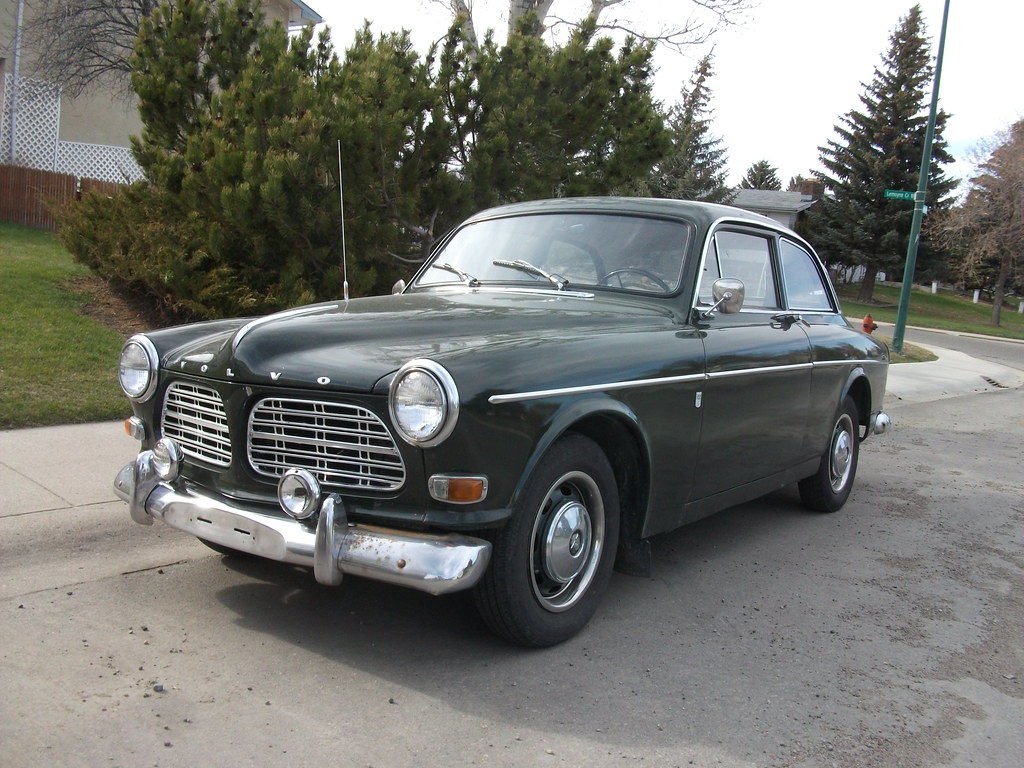
Volvo 122 (1959–1970): Individual Model Adjustments
Specific models like the 1959–1970 Volvo 122 have seen notable price decreases, illustrating how individual vehicles can diverge from broader market trends. Factors contributing to this decline include generational interest shifts, increased availability, and evolving perceptions of its “classic” status relative to high-performance counterparts.
For buyers prioritizing reliable, well-engineered European sedans, the Volvo 122’s current pricing offers an affordable entry point into classic car ownership. Collectors can enjoy its vintage charm without paying the premiums associated with rapidly appreciating assets, making it ideal for those valuing driving enjoyment and historical significance.
Mainstream Vehicles and Entry Opportunities
The market for more accessible classic cars, particularly those in the Hagerty Hundred—the 100 most insured vehicles at Hagerty—continues to soften. Adam Wilcox, a senior information analyst, observes, “Mainstream vehicles, such as those found in Hagerty Hundred, will continue to fall in value.” This depreciation creates opportunities for younger collectors and enthusiasts on smaller budgets.
Gen-Z is increasingly entering the market, currently accounting for eight percent of insurance quotes and projected to reach over 10 percent next year. Vehicles priced under £50,000 present attractive entry points, allowing new collectors to focus on enjoyment and ownership rather than speculation.
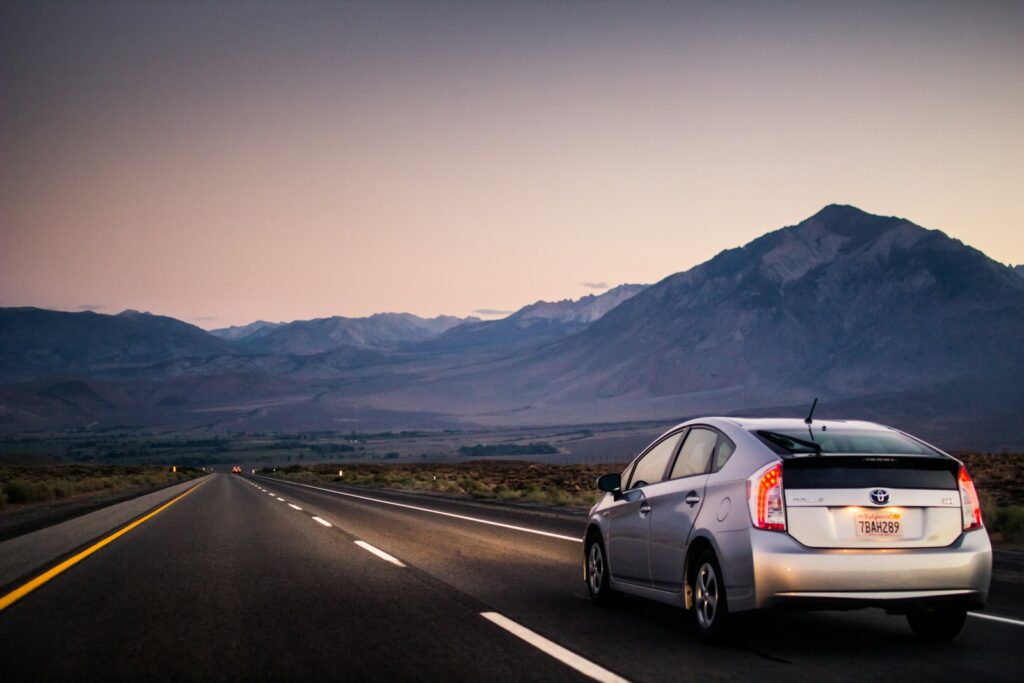
JDM Imports: Projected Market Shift
The U.S. market for Japanese Domestic Market (JDM) imports, especially vehicles at least 25 years old, is predicted to experience its first decline. Adam Wilcox notes, “With fewer highly anticipated cars left to become legal in the next few years, we will start to see a downturn in the number of JDM cars shipped to the U.S.”
Analysts also observe a geographical shift in interest toward European imports, further affecting JDM demand. This trend offers buyers a more stable environment to acquire desirable JDM vehicles without competing against surging prices.
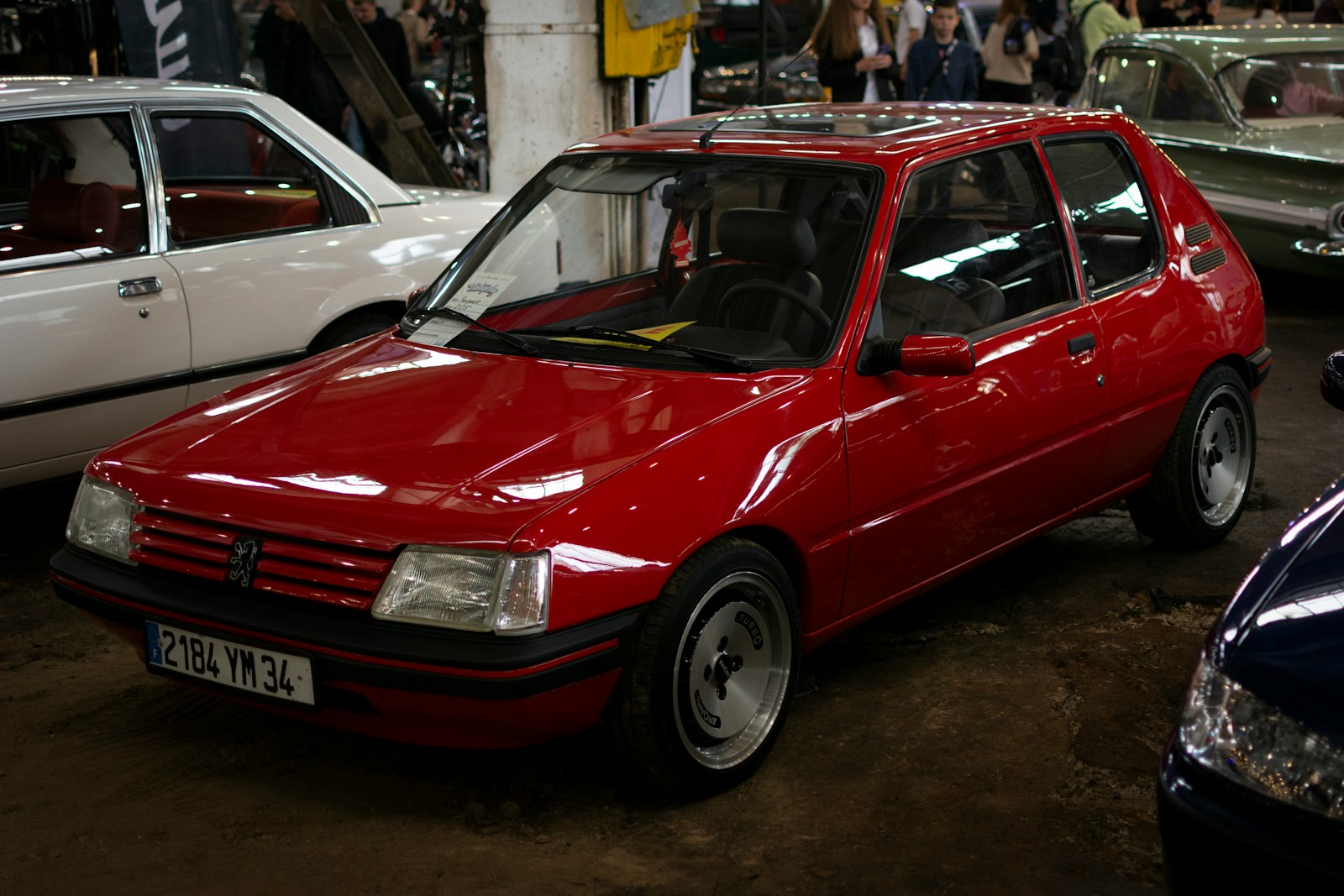
Hot Hatchback Market: Correction, Not Decline
Despite recent unprecedented value increases, the hot hatchback segment experienced a modest 2 percent decline in 2024, reflecting a correction rather than a collapse. Eight models still registered value increases, with the Peugeot 205 GTi leading the list, indicating strong demand for top-tier examples in exceptional condition.
James Wray-Brayshaw of WB & Sons emphasizes “1990s hot hatches stretching into the early 2000s,” such as the R53 MINI Cooper S or an unmodified Subaru Impreza, as models with continued potential. Collectors focusing on condition and originality can find attractive investment opportunities in this nuanced market.

Porsche 996: Emerging Classic Investment
The Porsche 996 generation, produced from 1997 to 2004, is gaining recognition as a compelling classic investment. Initially overlooked due to its water-cooled engine and redesigned headlights, the market now appreciates its engaging driving experience and robust engineering. Experts note these models are “starting to rise in value already,” offering long-term potential for those seeking iconic 911 DNA without the high cost of air-cooled predecessors.

Selective 1990s and Early 2000s Hot Hatches
Specific high-quality hot hatches from the 1990s and early 2000s, including the 2000–2001 Subaru Impreza P1 and 2001–2005 Alfa Romeo 147 GTA, are showing resilience and growth potential. Market experts emphasize originality, condition, and verified service history as critical for long-term value. Savvy collectors can acquire well-preserved examples at favorable prices, combining driving enjoyment with investment potential.

Ferrari F355: Rising Values
The 1994–1999 Ferrari F355, named Hagerty Gold Index Pick for 2025, continues to appreciate in value. Its 3.5-liter V8 engine, precise handling, and Pininfarina design make it both mechanically and aesthetically compelling. Limited production numbers and its status as the last V8 Ferrari with a manual gearbox further enhance desirability. For serious collectors, the F355 represents a stable investment with long-term potential.

Pre-WW2 and 1930s Classics: Niche Renaissance
Pre-WW2 and 1930s classics are experiencing renewed interest, offering “unbelievable value” relative to their historical significance. Experts Matthew Priddy and James Johnson highlight a mini revival for 1930s cars, presenting an accessible entry point into prestigious automotive heritage. Collectors can acquire highly significant vehicles at competitive prices before the market fully embraces this renaissance.
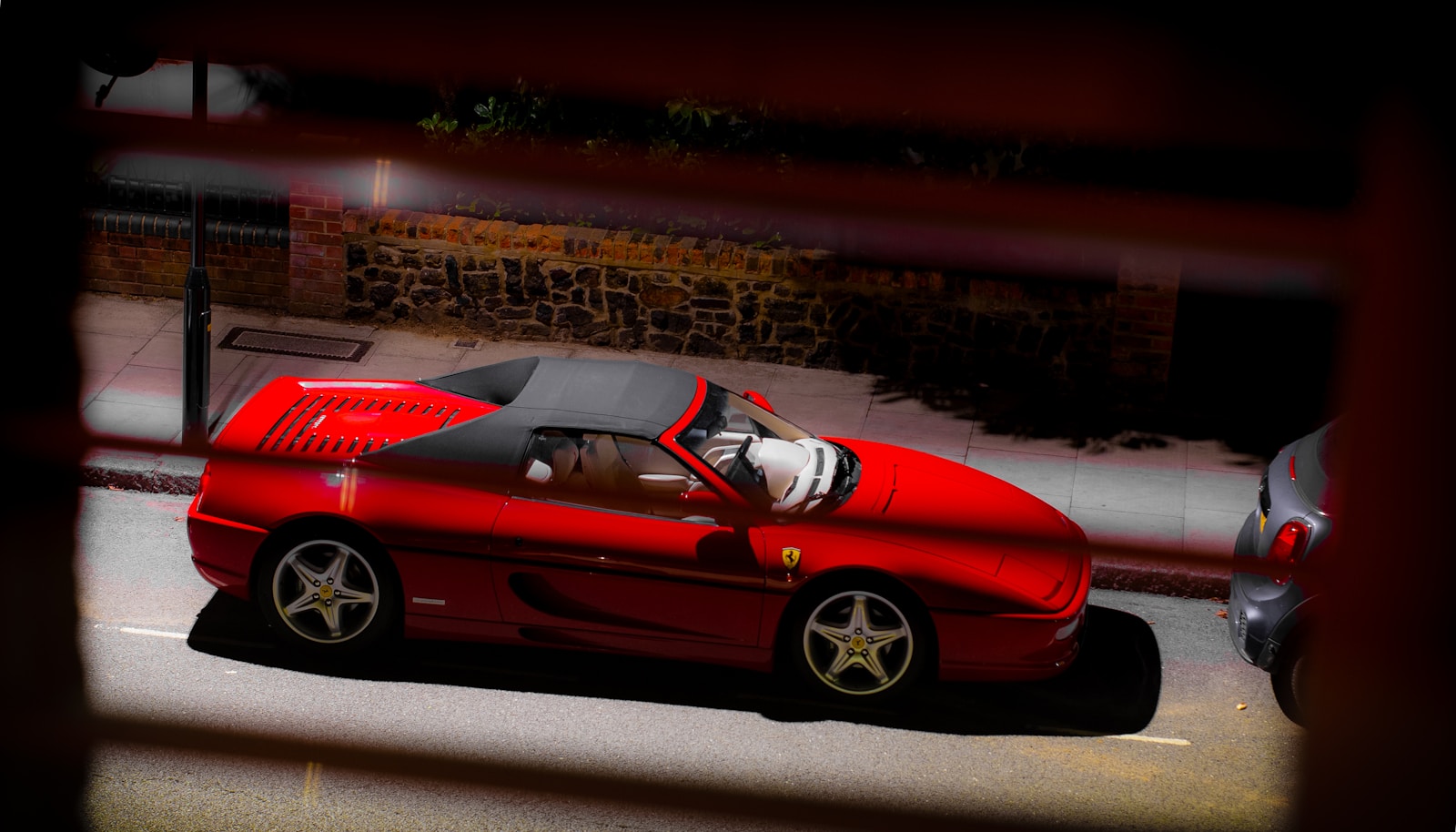
Enzo-Era Ferraris: Anticipated Rebound
Enzo-era Ferraris are expected to rebound in 2025, following a “mediocre showing” at past high-profile events. John Wiley anticipates “a better sell-through rate as well as more offerings this year.” These vehicles, renowned for performance, design, and heritage, remain among the most coveted collectibles globally. Investors can capitalize on this recovery by monitoring auctions and engaging reputable dealers to secure authentic, well-documented examples.

The 2025 classic car market presents both corrections and compelling opportunities. From modern classics providing analogue driving thrills to vintage marques poised for a quiet renaissance, and legendary performance vehicles regaining momentum, informed buyers are well-positioned to benefit. Combining passion with data-driven insights enables collectors to make strategic acquisitions, balancing value, historical significance, and the joy of ownership in this dynamic and evolving market.


